41. Ceramic London 2024
21/04/2024
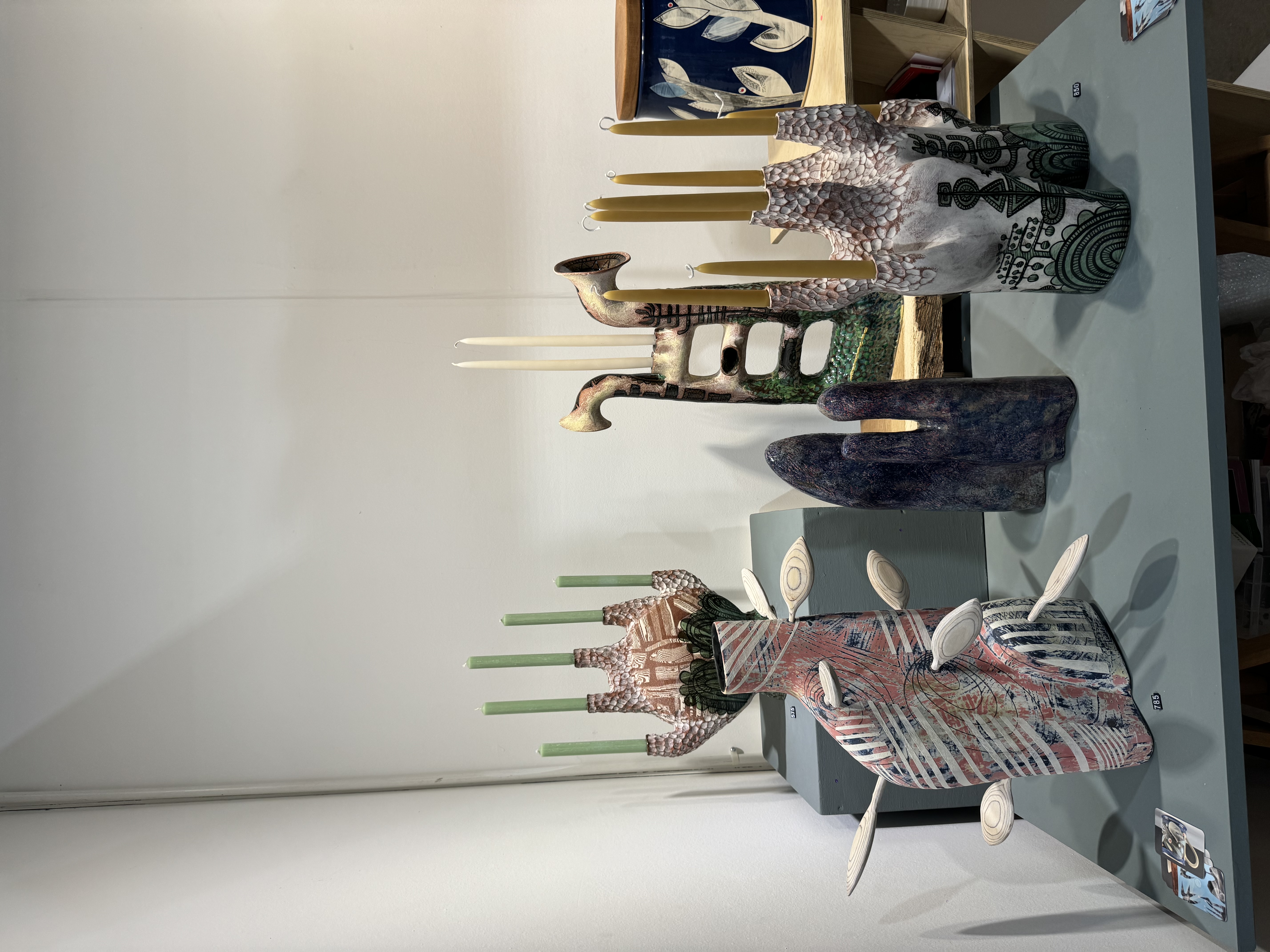
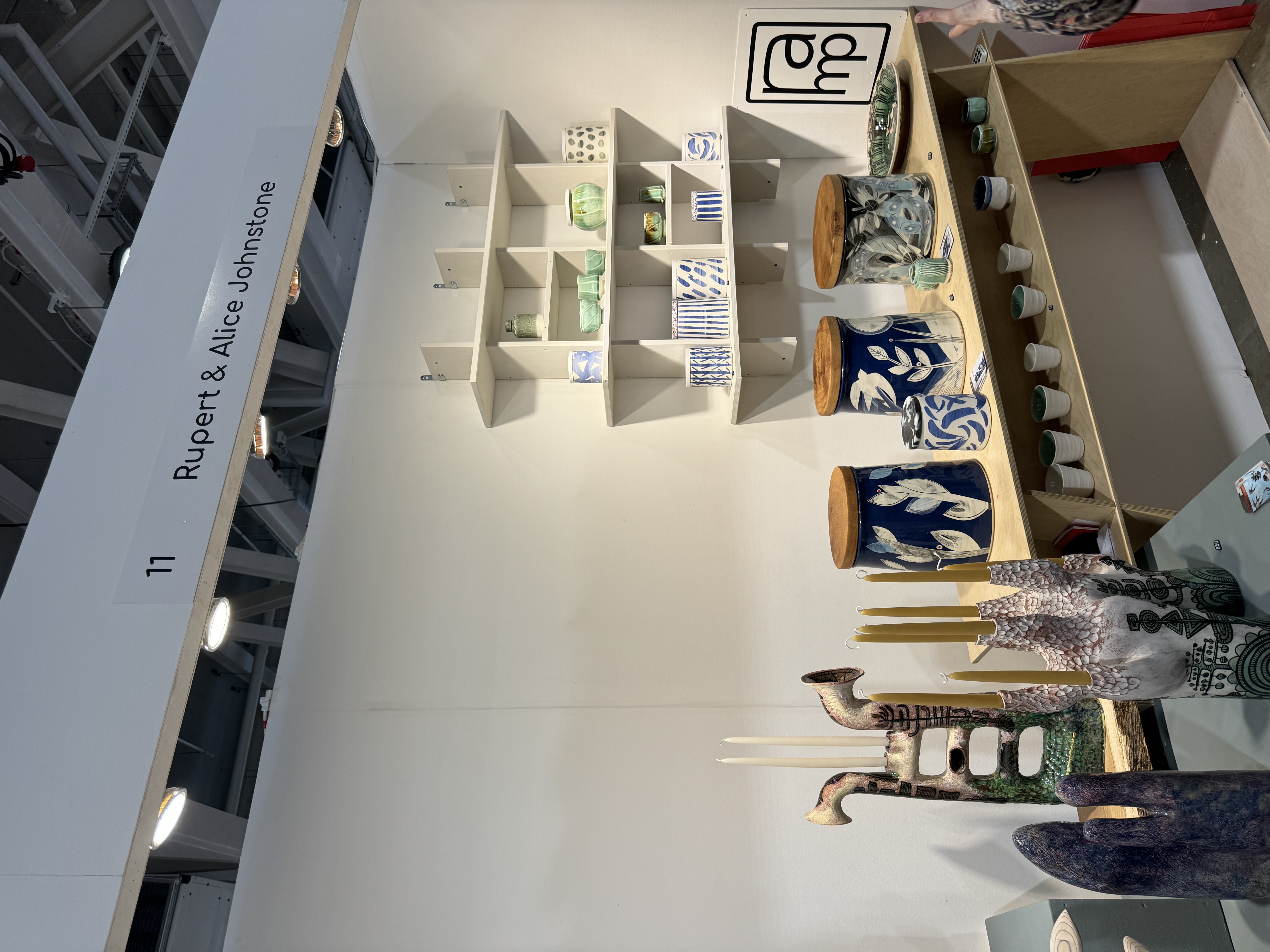
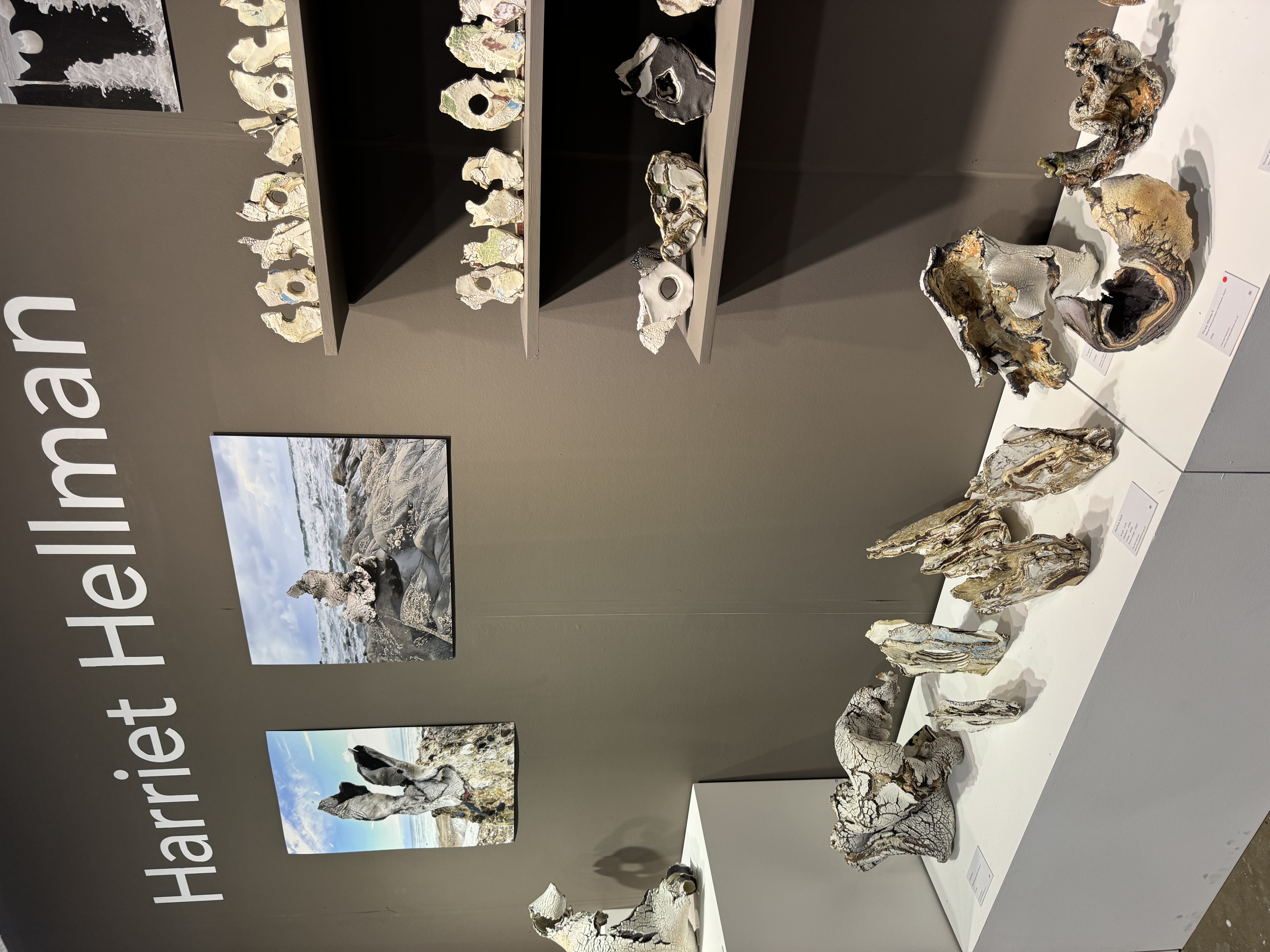
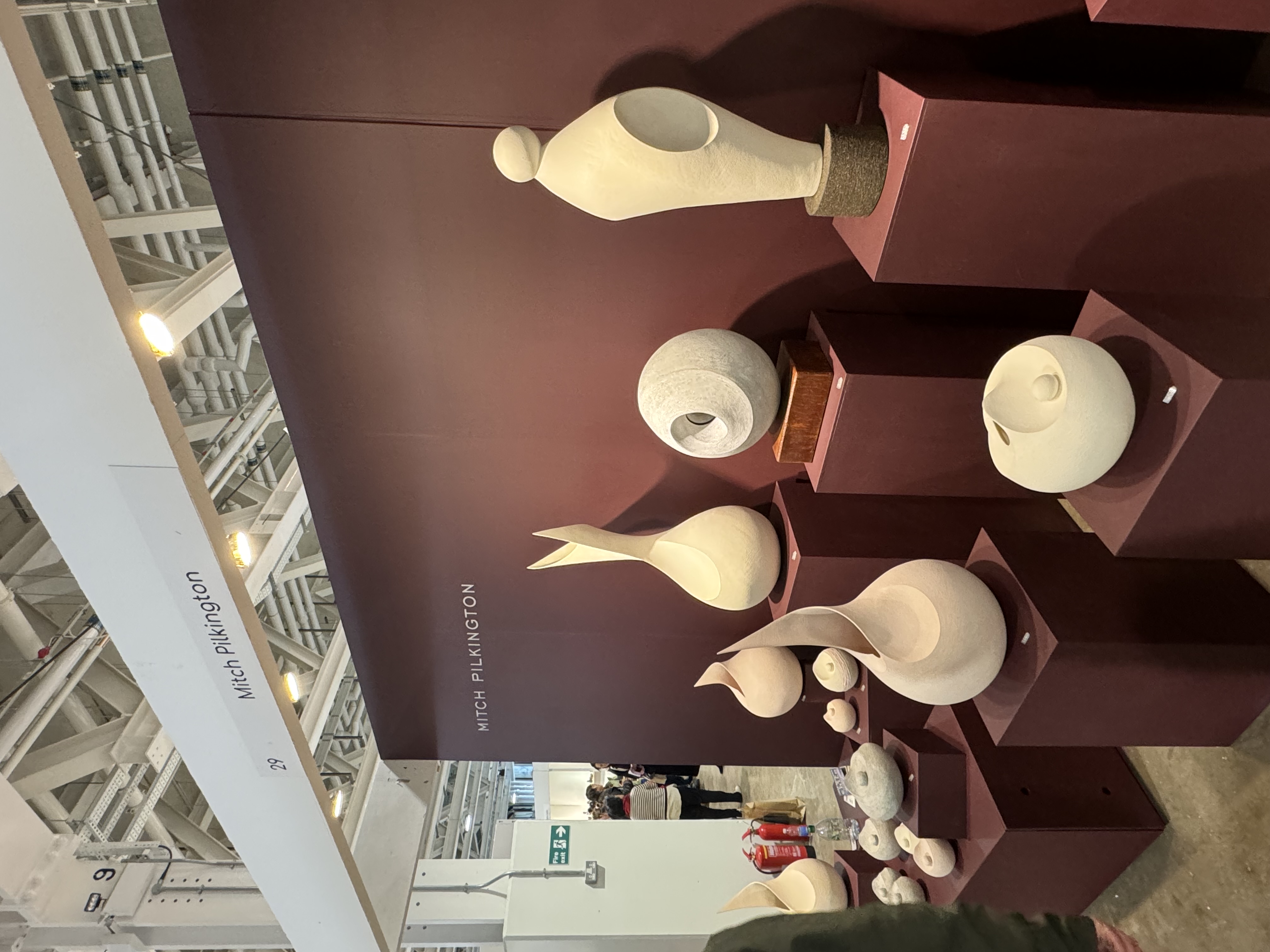

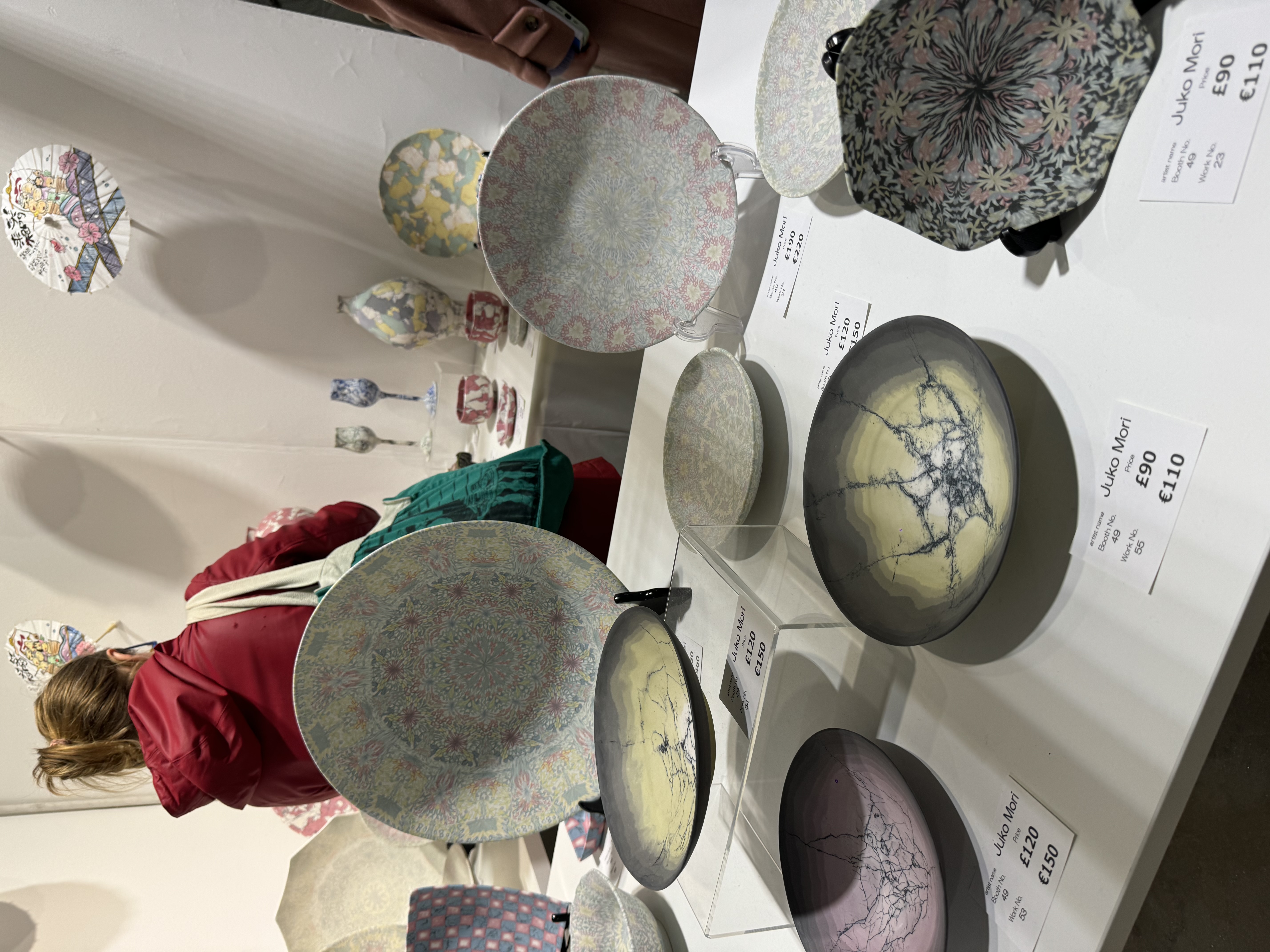
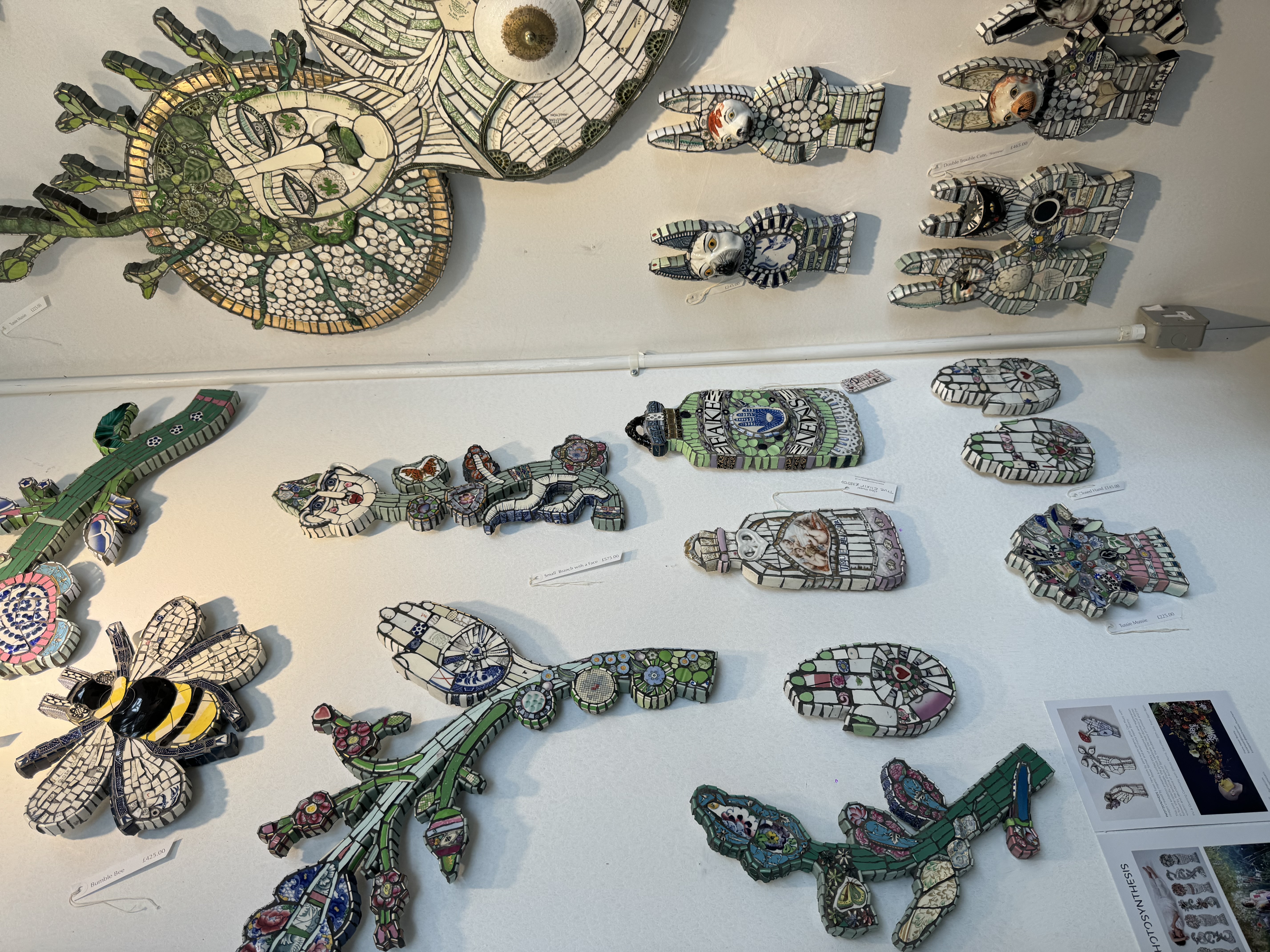
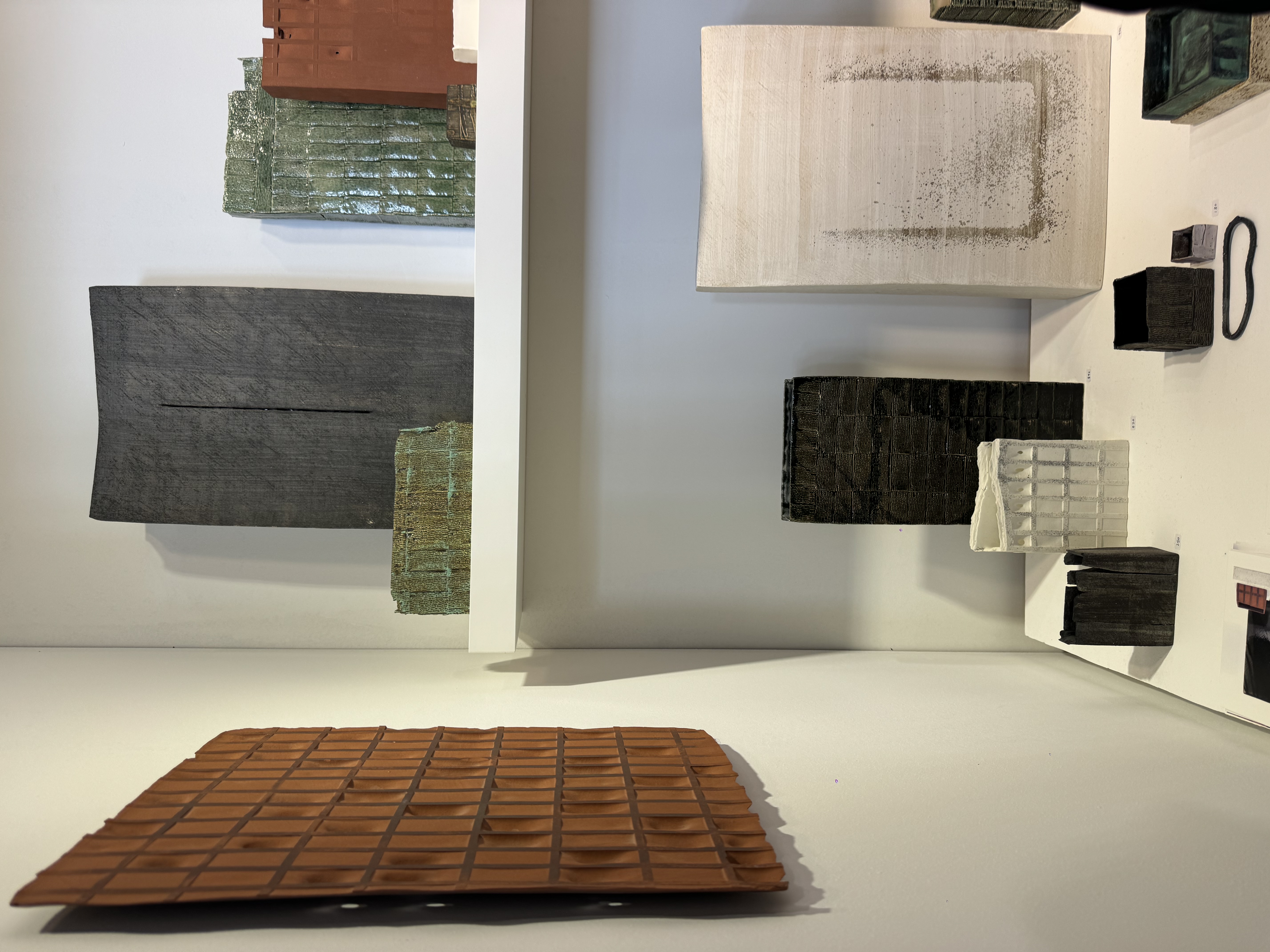



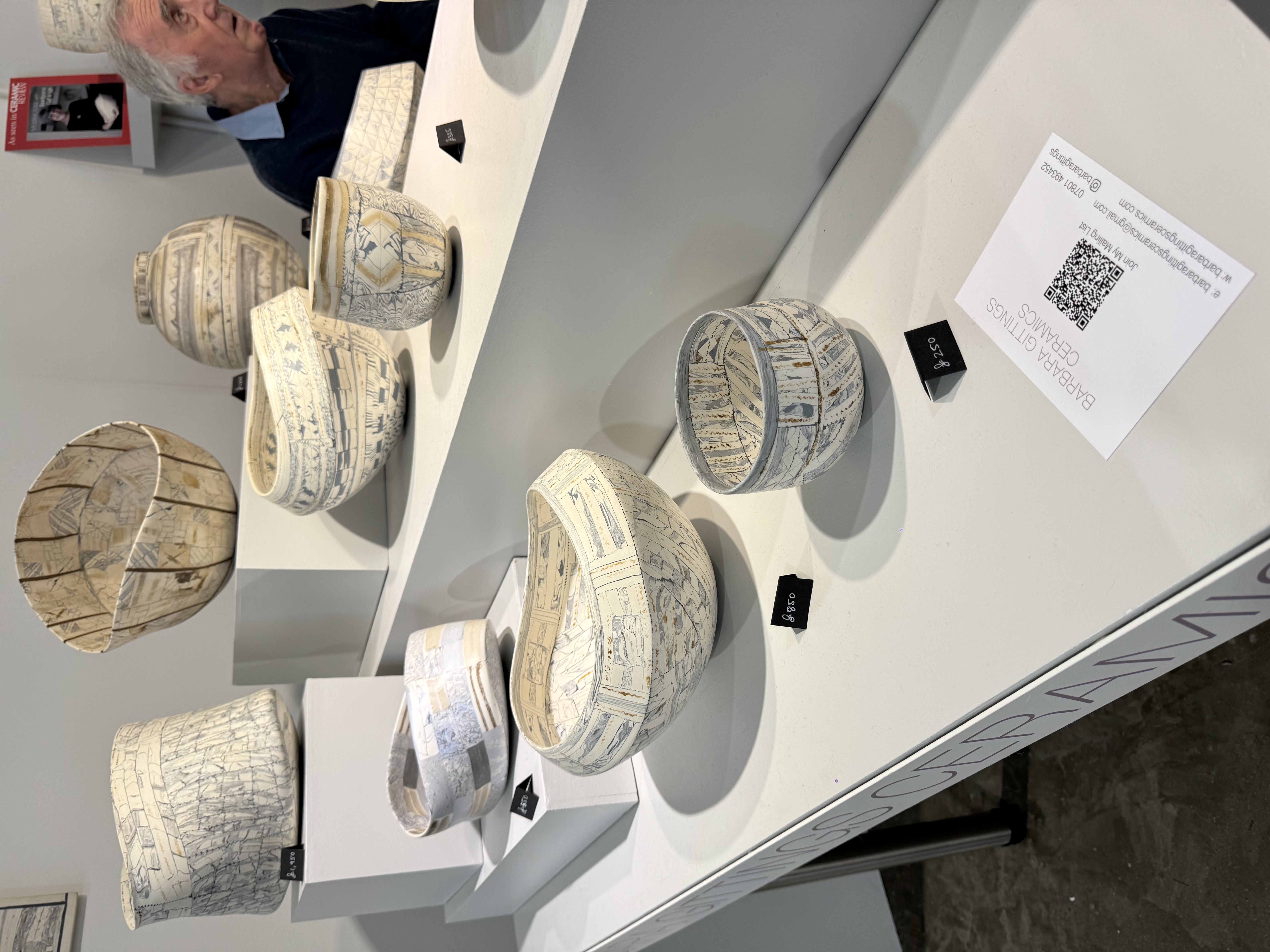
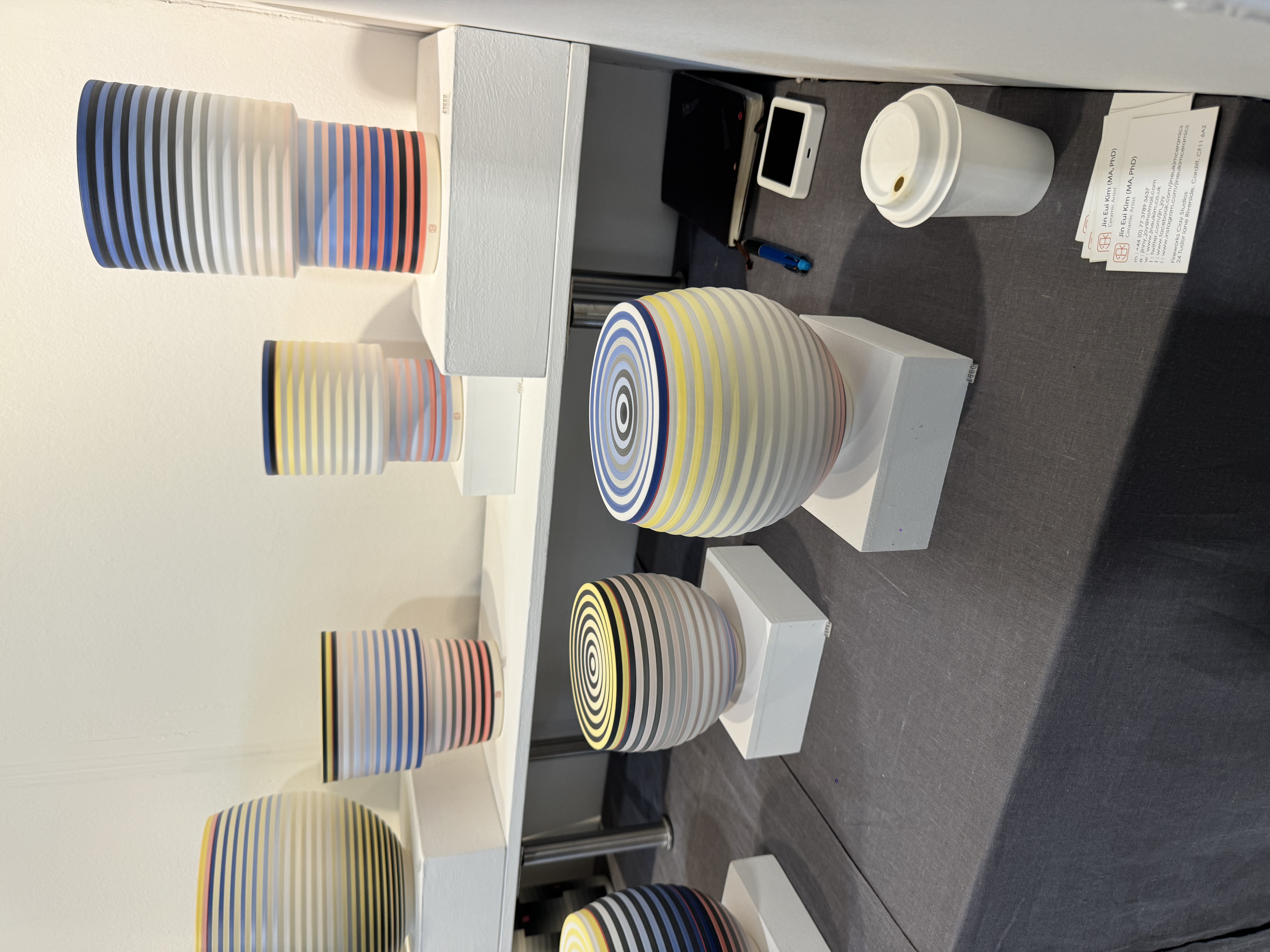

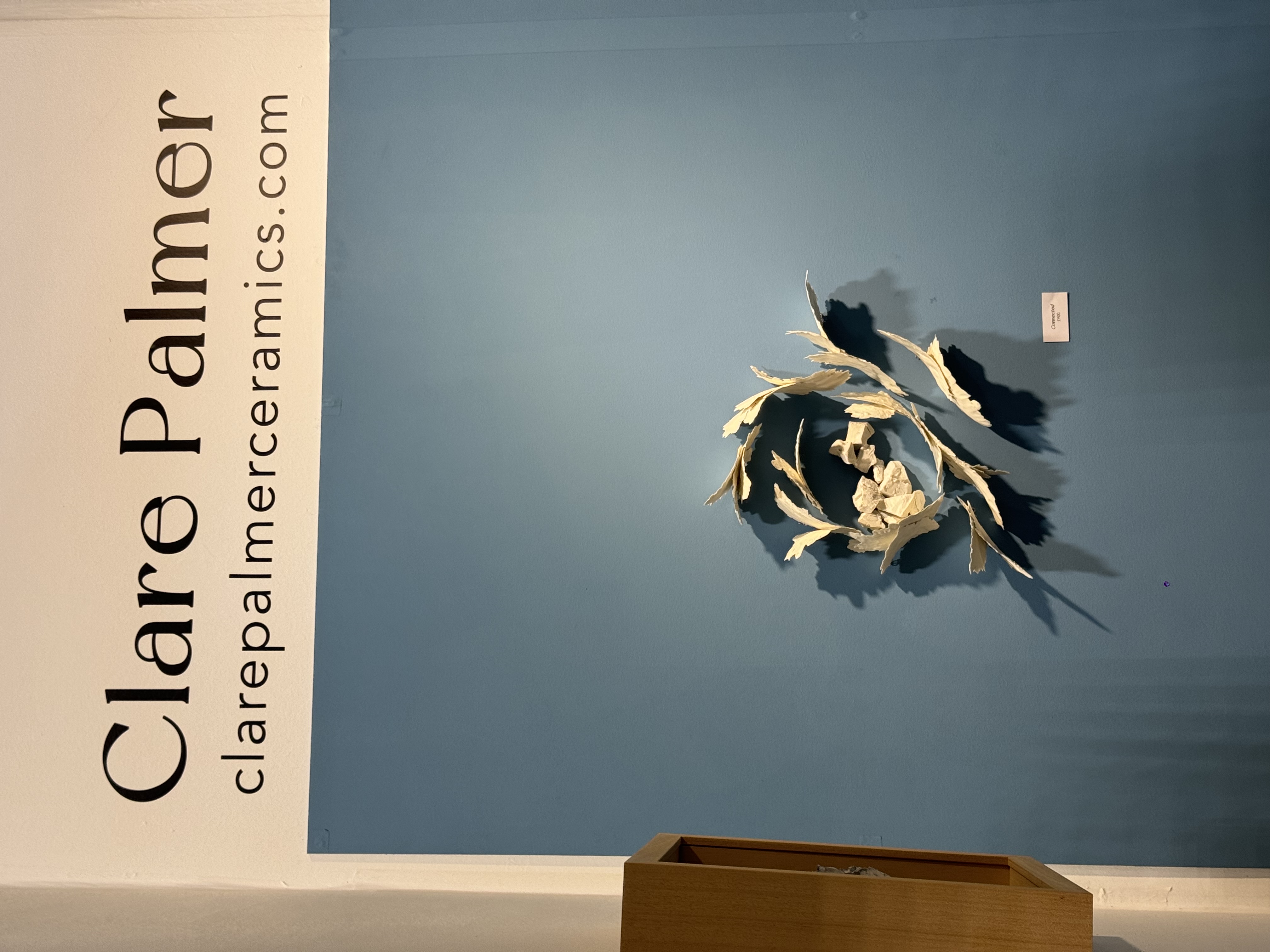
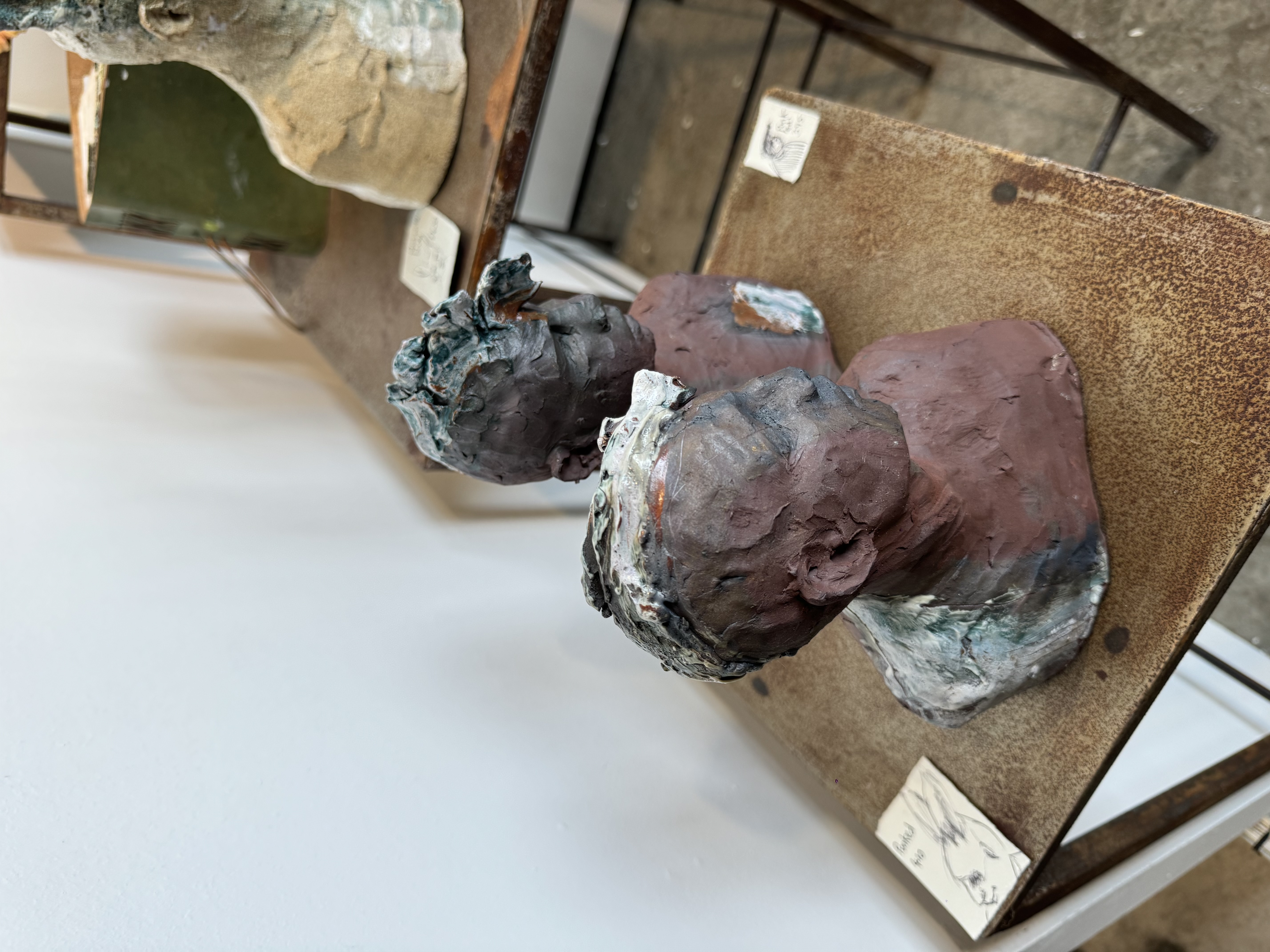
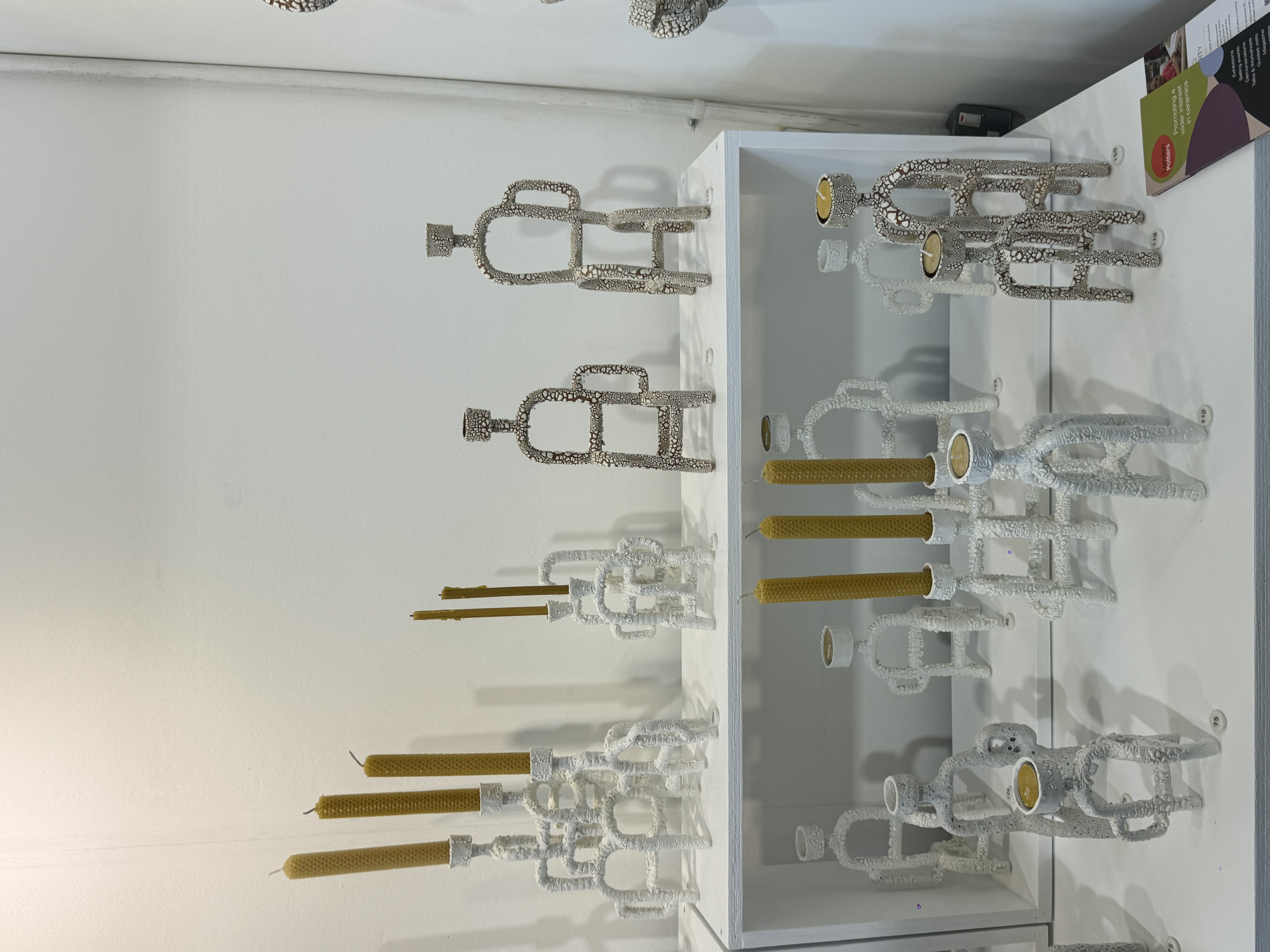






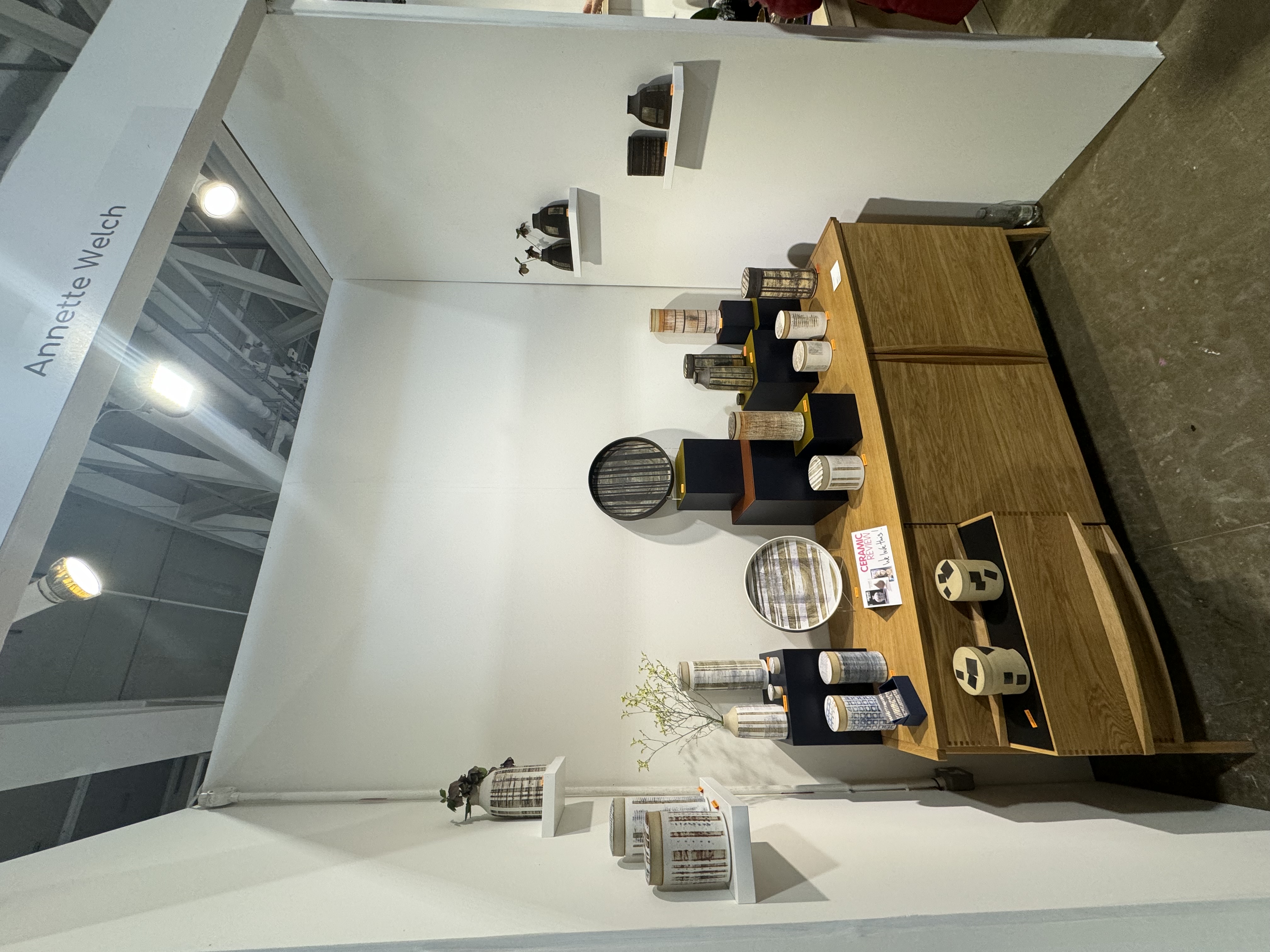
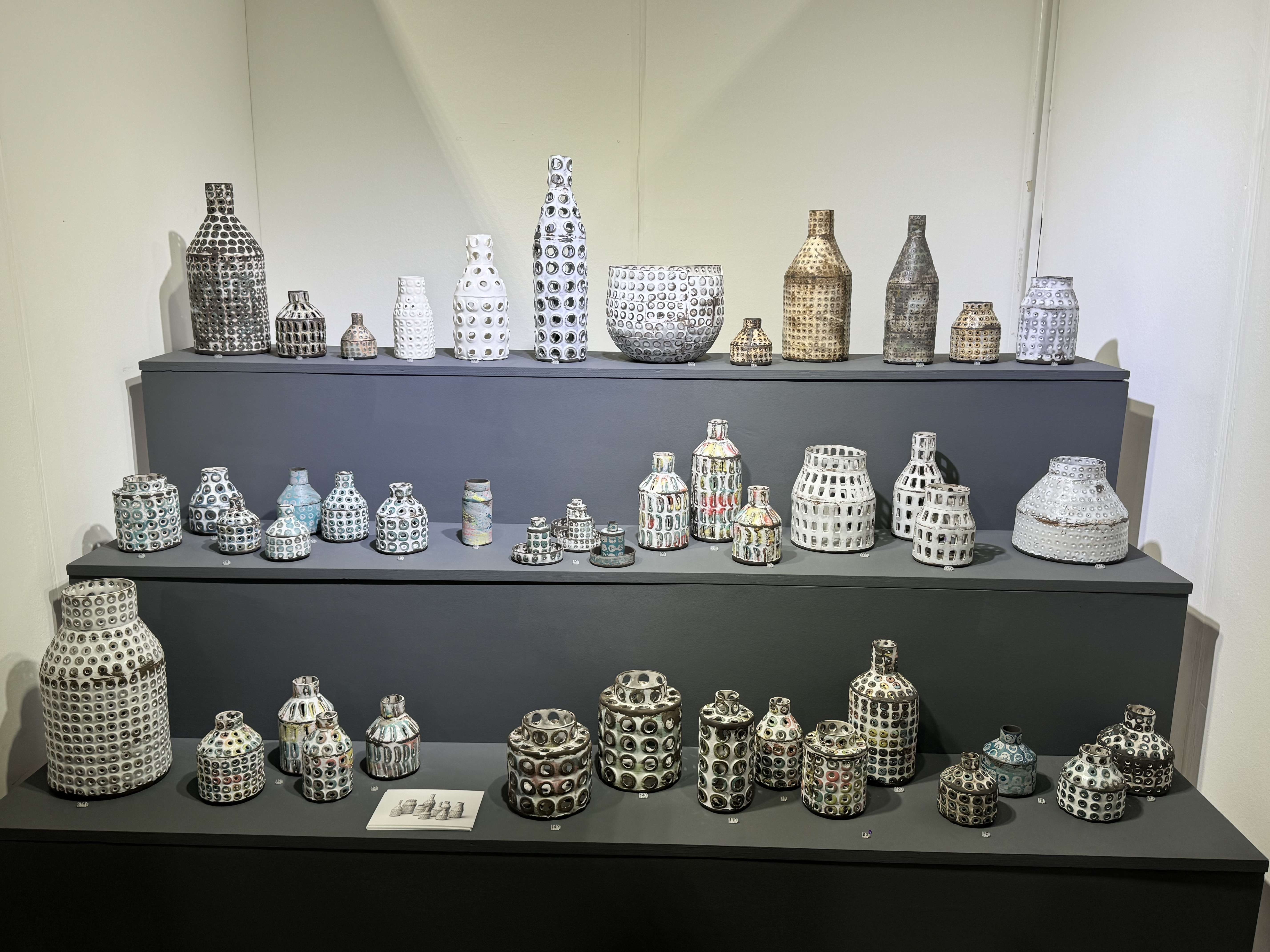

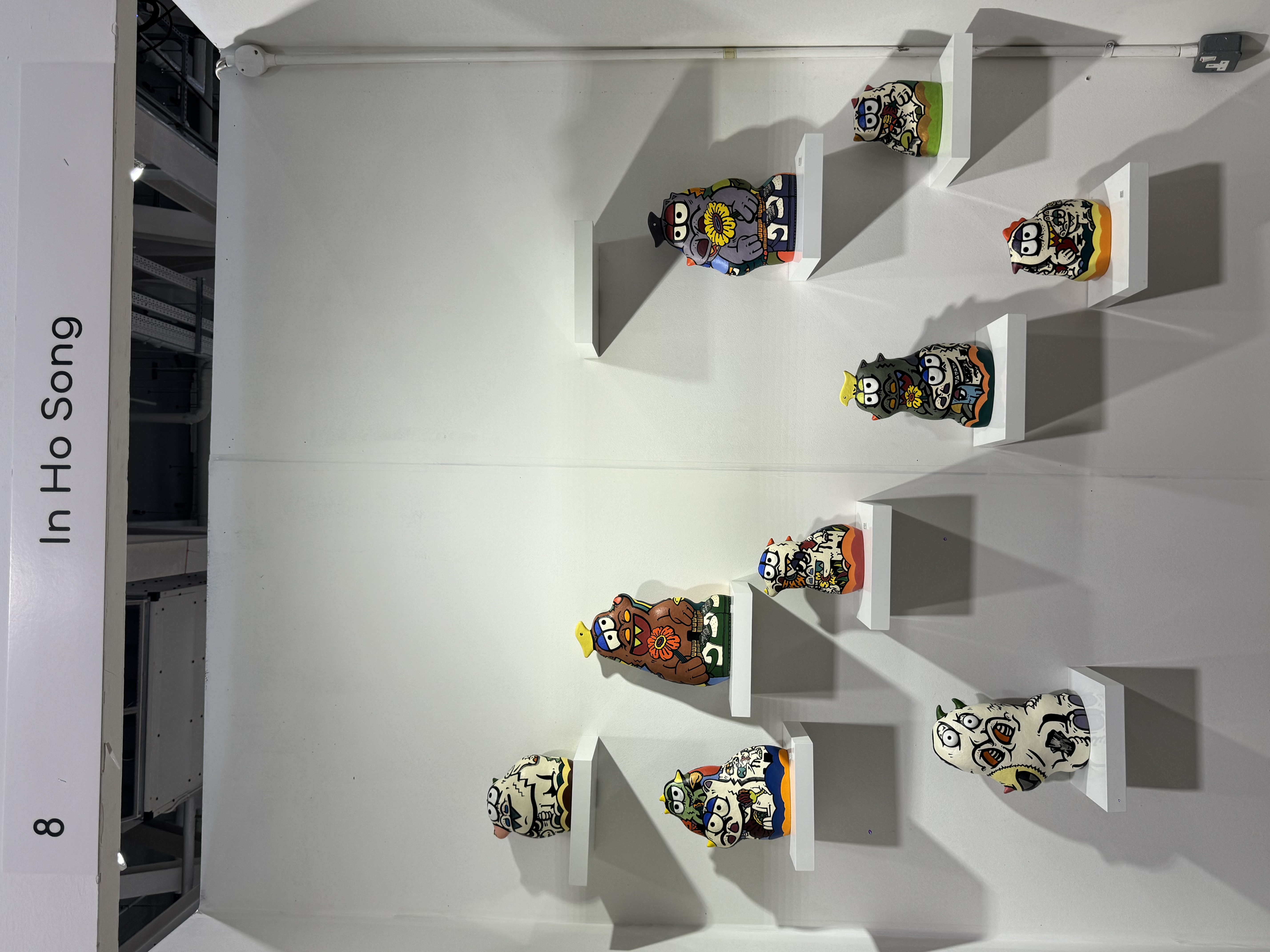 In Ho Song’s work combines cartoon characters and ceramic shapes, which is also a very interesting attempt. It makes me think about the possibilities of graphic design on ceramics. Combining 2D and 3D is a common technique in games, but I rarely see it in ceramics. I was wondering if the graffiti fonts could also be made into ceramics as an ornament.
In Ho Song’s work combines cartoon characters and ceramic shapes, which is also a very interesting attempt. It makes me think about the possibilities of graphic design on ceramics. Combining 2D and 3D is a common technique in games, but I rarely see it in ceramics. I was wondering if the graffiti fonts could also be made into ceramics as an ornament.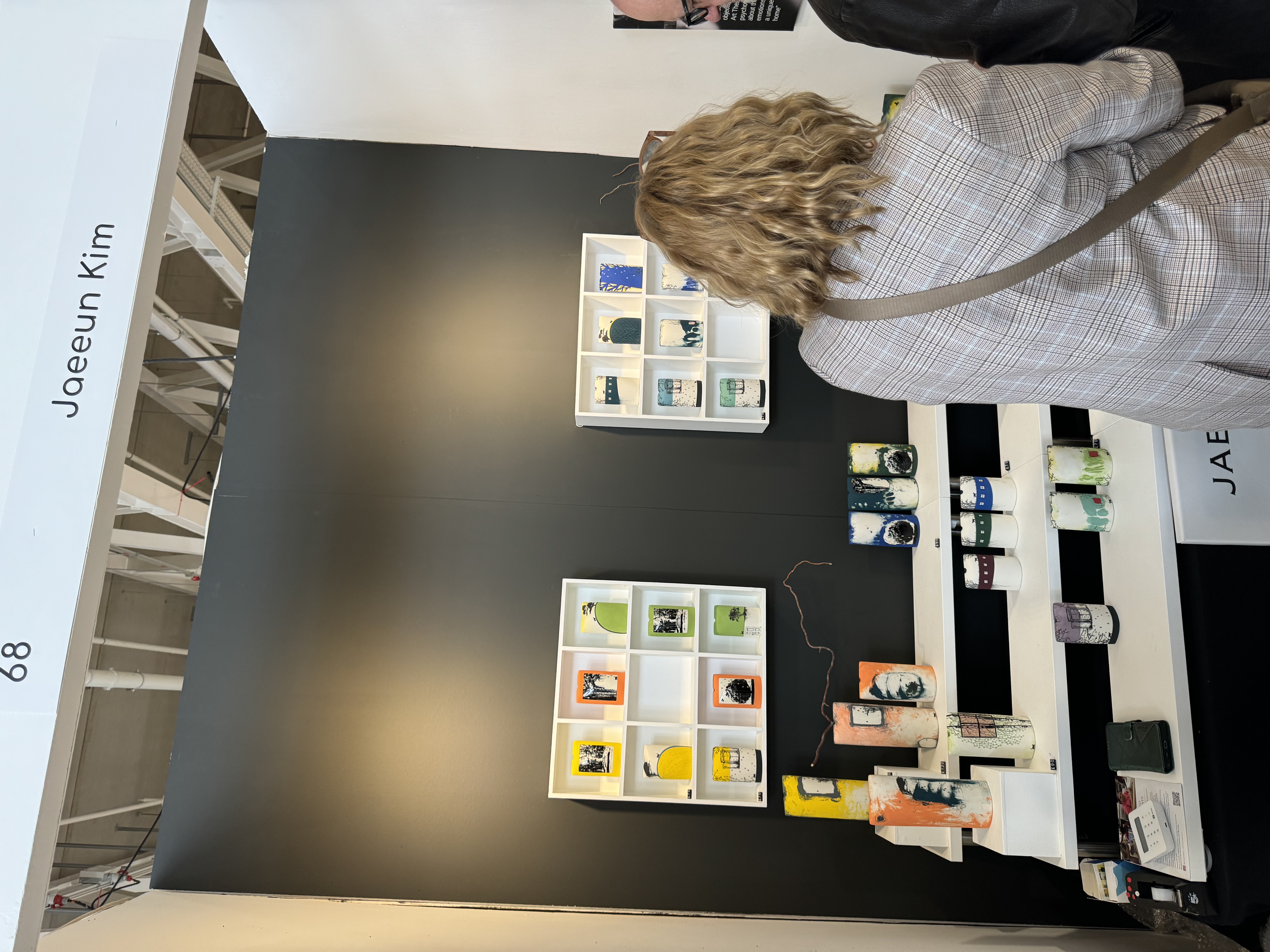
 Jaeeun's and Peter's works give me very similar feelings, but I like Peter's works better. Their works all apply abstract paintings to the glaze, with Jaeeun having lighter tones and Peter having darker tones. Peter's work takes abstraction further into 3D, as if the painting on the cup has jumped out of the surface, and the texture of the 3D object also fits the theme very well. This way of transformation reminds me of the dinosaur cups I saw before, which also jumped from 2D to 3D. Peter's way is more obscure.
Jaeeun's and Peter's works give me very similar feelings, but I like Peter's works better. Their works all apply abstract paintings to the glaze, with Jaeeun having lighter tones and Peter having darker tones. Peter's work takes abstraction further into 3D, as if the painting on the cup has jumped out of the surface, and the texture of the 3D object also fits the theme very well. This way of transformation reminds me of the dinosaur cups I saw before, which also jumped from 2D to 3D. Peter's way is more obscure.

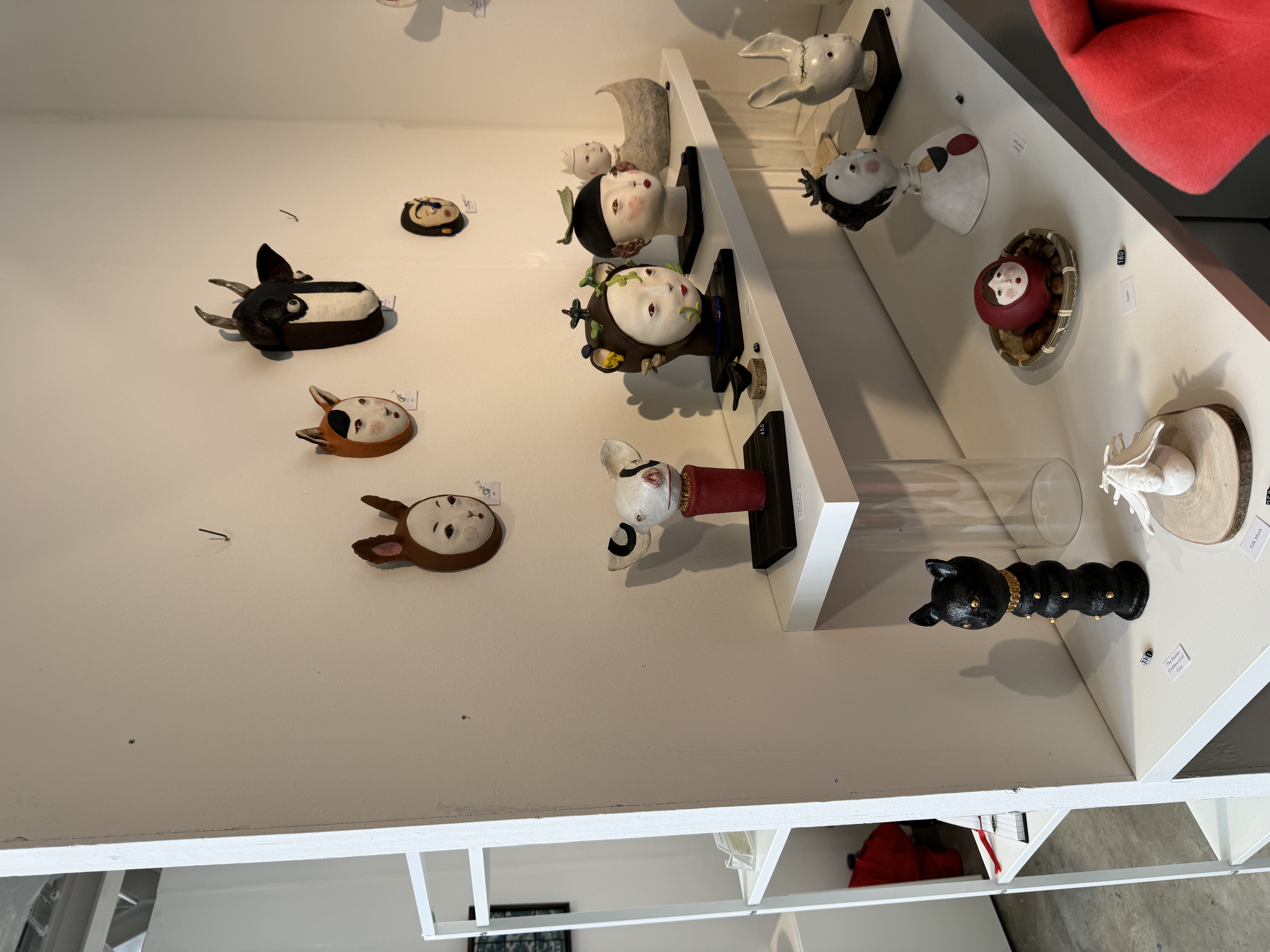



 First of all, I think the author's work combines metal and ceramics in a very interesting way, and he has produced various samples. I think I could also imagine something metal bonded, like using screws to attach the ceramic pieces. Moreover, he made the metal look like rust and the ceramic look like stone, which reminds me of primitive people. This kind of imagination makes people think about the story behind it, which enhances the value of the work.
First of all, I think the author's work combines metal and ceramics in a very interesting way, and he has produced various samples. I think I could also imagine something metal bonded, like using screws to attach the ceramic pieces. Moreover, he made the metal look like rust and the ceramic look like stone, which reminds me of primitive people. This kind of imagination makes people think about the story behind it, which enhances the value of the work.


 I really like Miyu and Yuta's collaborative work, very small things with very delicate paintings. This aroused my interest in ceramic drawing, and I can’t imagine what kind of skills such a small and delicate work requires. I am very interested in how traditional Japanese painting is reflected in new things. Can I also combine traditional Chinese craftsmanship with modern technology, such as adding lacquer to CNC (textures that are difficult to make with traditional craftsmanship, etc.)?
I really like Miyu and Yuta's collaborative work, very small things with very delicate paintings. This aroused my interest in ceramic drawing, and I can’t imagine what kind of skills such a small and delicate work requires. I am very interested in how traditional Japanese painting is reflected in new things. Can I also combine traditional Chinese craftsmanship with modern technology, such as adding lacquer to CNC (textures that are difficult to make with traditional craftsmanship, etc.)?
 I also like this series of ceramics made by this artist very much. He creates ceramics that imitate the textures of natural rocks, and the glaze colors are highly detailed and rich. I love the overall geometric yet detailed, organic feel.
I also like this series of ceramics made by this artist very much. He creates ceramics that imitate the textures of natural rocks, and the glaze colors are highly detailed and rich. I love the overall geometric yet detailed, organic feel.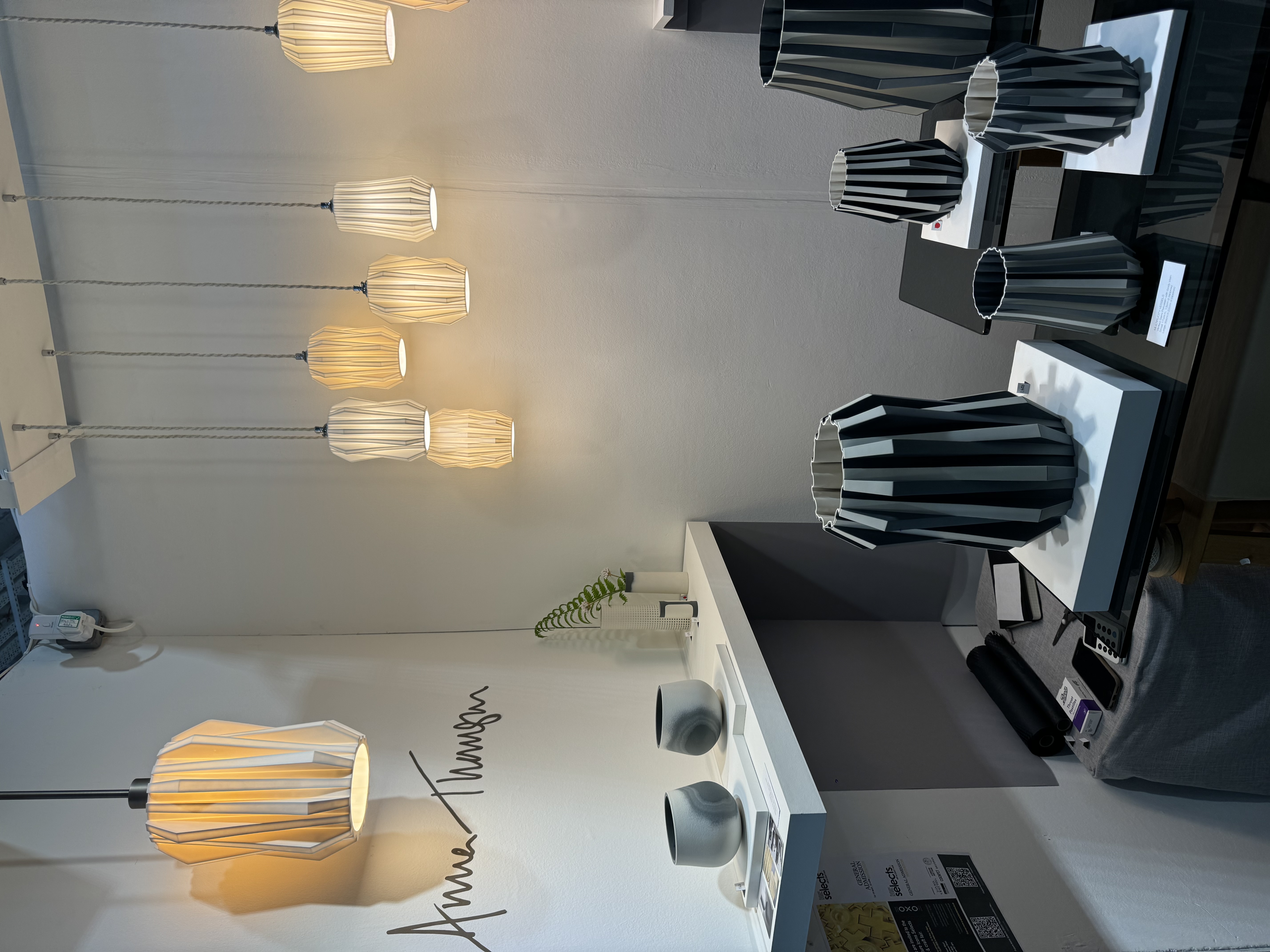 Anne uses Lego-like molds to create the pieces, and uses two different layers of soil. The special areas on the surface are glazed with the same color as the clay inside, creating a color that echoes inside and outside. Because it is formed by pouring, it is very thin and can also be used as a chandelier. In the future I would also like to try the method of pouring lime molds. This method is very sustainable, I think it can be imagined to be combined with the discarded lime plates from the ceramic workshop.
Anne uses Lego-like molds to create the pieces, and uses two different layers of soil. The special areas on the surface are glazed with the same color as the clay inside, creating a color that echoes inside and outside. Because it is formed by pouring, it is very thin and can also be used as a chandelier. In the future I would also like to try the method of pouring lime molds. This method is very sustainable, I think it can be imagined to be combined with the discarded lime plates from the ceramic workshop. Instead of glazing the ceramic with a colored glaze, the artist poured layers of clay and then sculpted to give the surface texture and color. This method makes the visual experience richer, with not only color stimulation but also layered stimulation.
Instead of glazing the ceramic with a colored glaze, the artist poured layers of clay and then sculpted to give the surface texture and color. This method makes the visual experience richer, with not only color stimulation but also layered stimulation.After watching it on site, I think that series of works with very personal characteristics and technological innovation are often more popular at exhibitions.